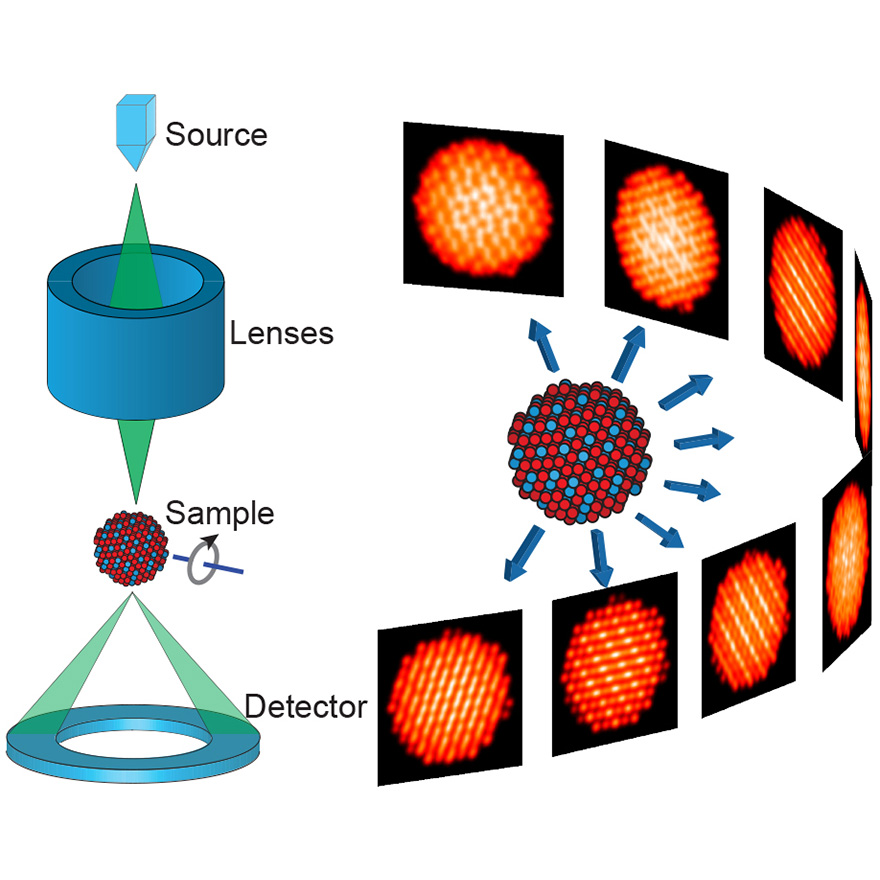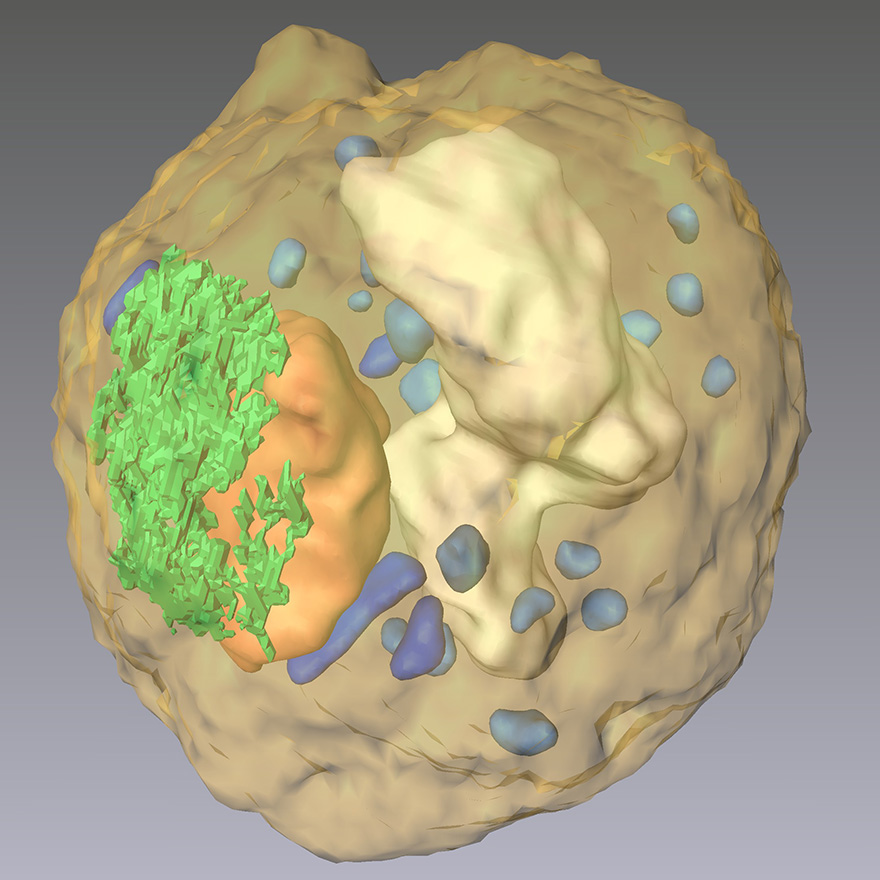Research Overview
Crystallography has been central to the development of many fields of science over the past century. It has now matured to a point that as long as good-quality crystals are available, their atomic structure can be routinely determined in three dimensions. However, many samples in physics, chemistry, materials science, nanoscience, and biology are noncrystalline, and their 3D structures are not accessible by crystallography. Over the years, we have pioneered two powerful methods to tackle this major challenge. The first is known as coherent diffractive imaging (CDI), also termed lensless imaging or computational microscopy, in which the diffraction pattern of a noncrystalline specimen or a nanocrystals is first measured and then directly phased to obtain a high-resolution image. Since the first demonstration in 1999 (1), CDI and its variants such as plane-wave CDI, Bragg CDI and ptychography have been broadly applied to both the physical and biological sciences using synchrotron radiation, x-ray free electron lasers (XFELs), high harmonic generation sources, electrons and optical lasers (2). It has also become one of the main justifications for the construction of advanced synchrotron radiation and XFEL facilities worldwide, each of which costs several hundreds of millions of dollars. More recently, we have pioneered another important method - atomic electron tomography (AET) - for 3D structure determination of crystal defects and disordered systems at the single-atom level (3). We have also shown that the experimentally measured 3D atomic positions can be used as direct input for quantum mechanics calculations of the physical properties of materials (4). This ability to merge the forefront of 3D atomic structure determination of crystal defects with ab initio calculations is expected to transform our understanding of structure-property relationships at the most fundamental level.
Selected Publications
1. J. Miao, P. Charalambous, J. Kirz and D. Sayre, "Extending the methodology of X-ray crystallography to allow imaging of micrometre-sized non-crystalline specimens", Nature 400, 342-344 (1999).
2. J. Miao, T. Ishikawa, I. K. Robinson and M. M. Murnane, "Beyond crystallography: Diffractive imaging using coherent x-ray light sources", Science 348, 530-535 (2015).
3. J. Miao, P. Ercius and S. J. L. Billinge, "Atomic electron tomography: 3D structures without crystals", Science 353, aaf2157 (2016).
4. Y. Yang, C.-C. Chen, M. C. Scott, C. Ophus, R. Xu, A. Pryor Jr, L. Wu, F. Sun, W. Theis, J. Zhou, M. Eisenbach, P. R. C. Kent, R. F. Sabirianov, H. Zeng, P. Ercius and J. Miao, "Deciphering chemical order/disorder and material properties at the single-atom level", Nature 542, 75-79 (2017).




